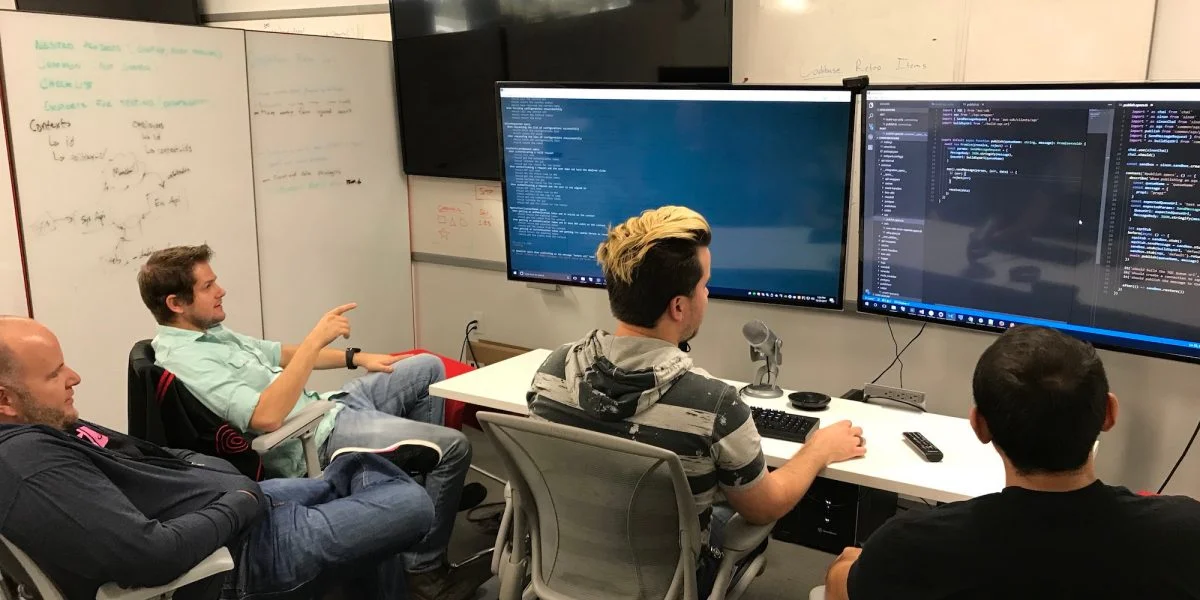The research is clear. Having friends at work boosts productivity, retention, and well-being. But making friends at work can be harder than it seems, especially in large, flexible workplaces. In this piece, I discuss how organizations can use technology to make it easier for new and existing employees to integrate socially.
This post is an excerpt. For the full article, visit Mapiq.
It’s no wonder that companies like Zappos, Google, and Dropbox work hard to create work environments that foster friendships. Friendships at work boost belonging and authenticity, which are both crucial contributors to psychological well-being. Furthermore, research shows that the most productive workgroups are those whose teammembers can identify a best friend at work. Fostering friendships at work, however, has its challenges, especially in large, flexible workplaces. Thankfully, localization and communication technology can help us shape accessible and inclusive social environments that foster friendships.
How to foster friendships at work?
As research shows, one key to fostering friendships at work is to increase the density of social interactions. There are several ways to do this. One way is through physical design. Companies like Pixar, for example, concentrate key amenities in central areas to foster spontaneous interactions. Yet even with such areas, it can be hard to join a spontaneous social moment. Let me explain why.
Let’s take a closer look at social interactions at work. They often take place in areas out of sight, like at the coffee machine or in the cafeteria. This can make it challenging for a person at their desk to see and join a social moment. What makes things even more difficult is that the timing of such social moments can be hard to predict. These circumstances are exacerbated in flexible workspace. With people sitting in different places every day, it can be even harder to arrange or join social moments. Thankfully, technology is here to help. Technology can help people form friendships at work by making social patterns more visible and accessible.
Localization technology can foster social interactions
Here’s how. Localization technology can be applied to determine when and where groups of people congregate, as is already done by companies like Humanyze. An intelligent system can then take this information to invite others to join these moments. For example, …
To read more about applications of technology to foster friendships at work, follow the full article at Mapiq.





